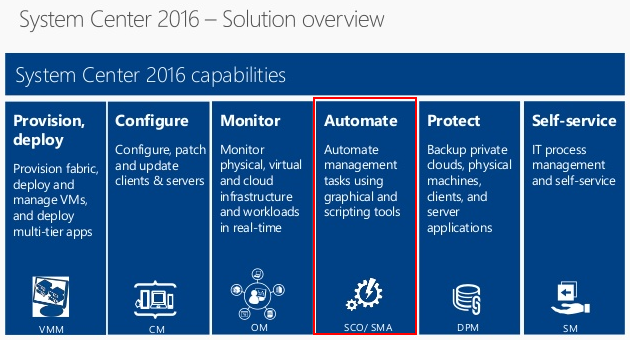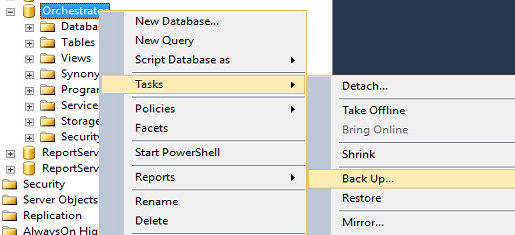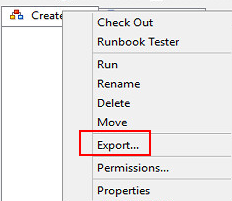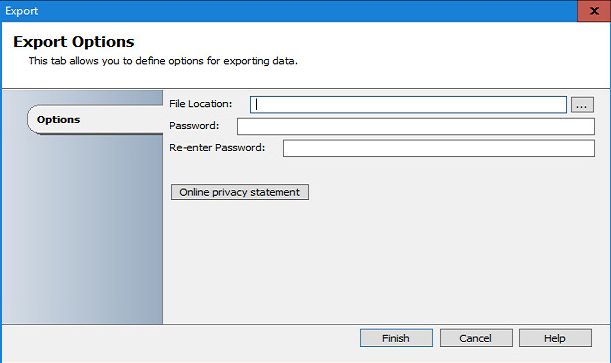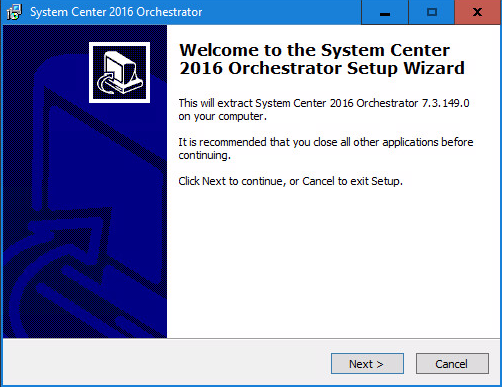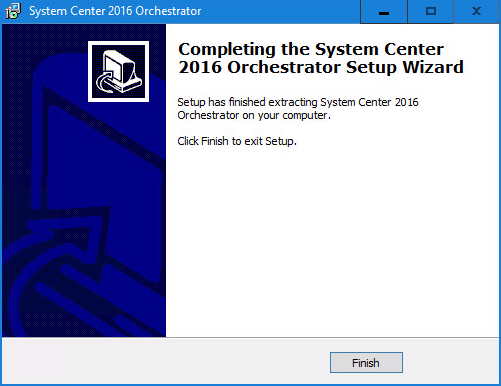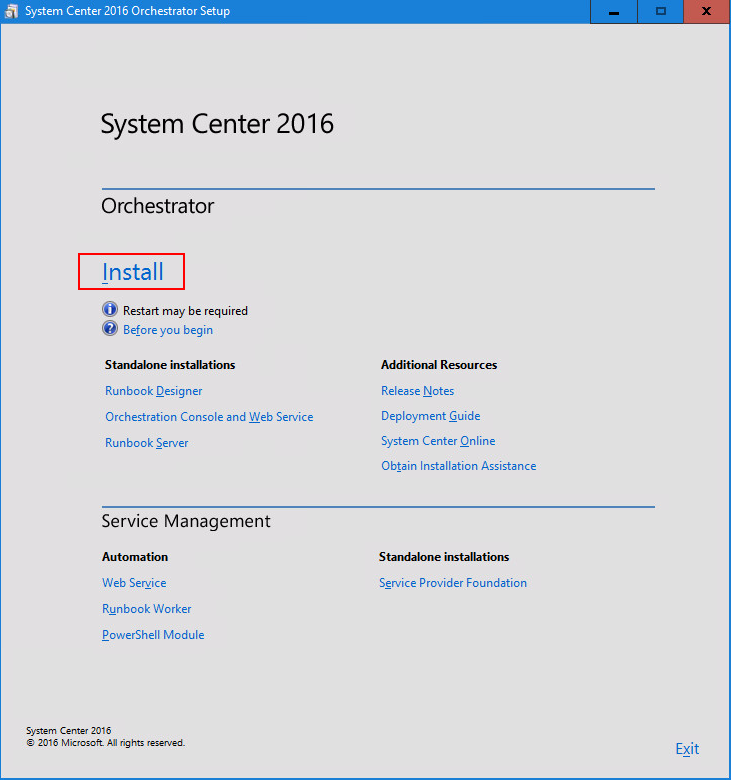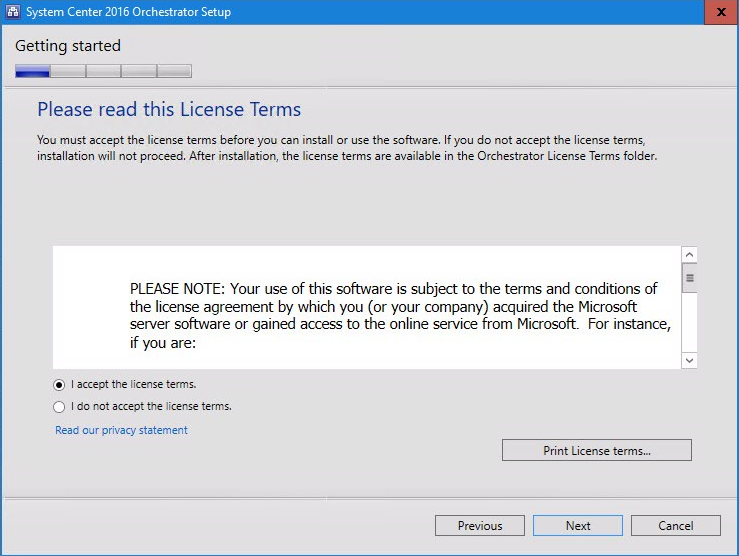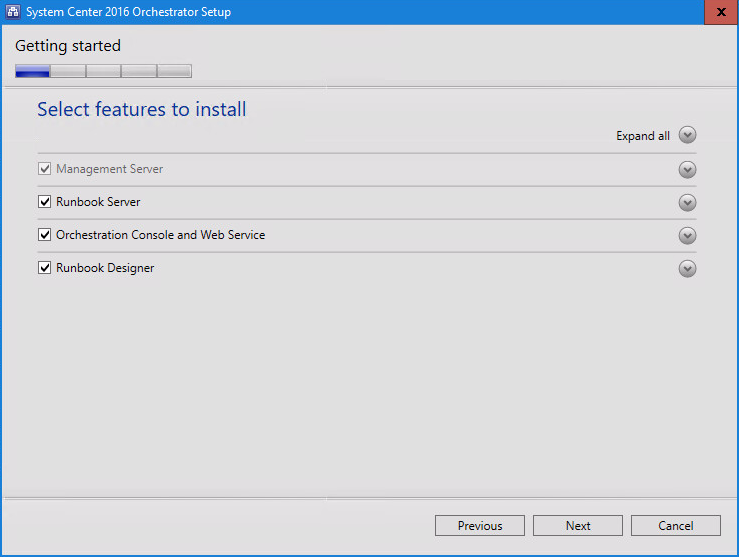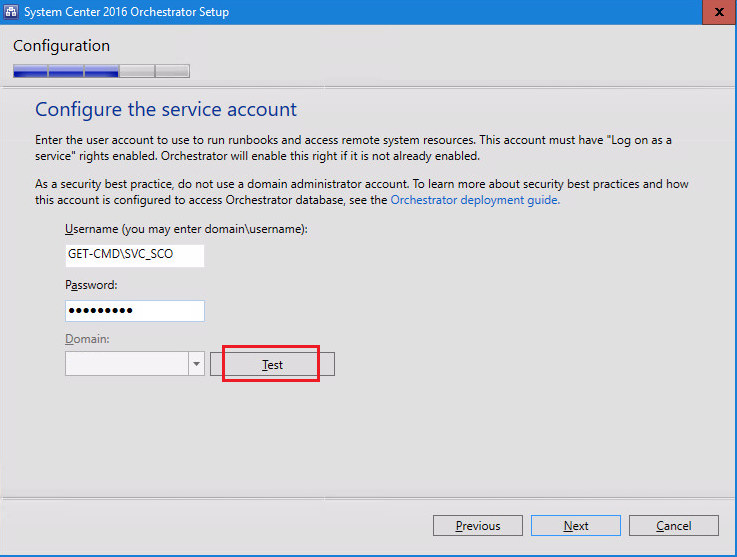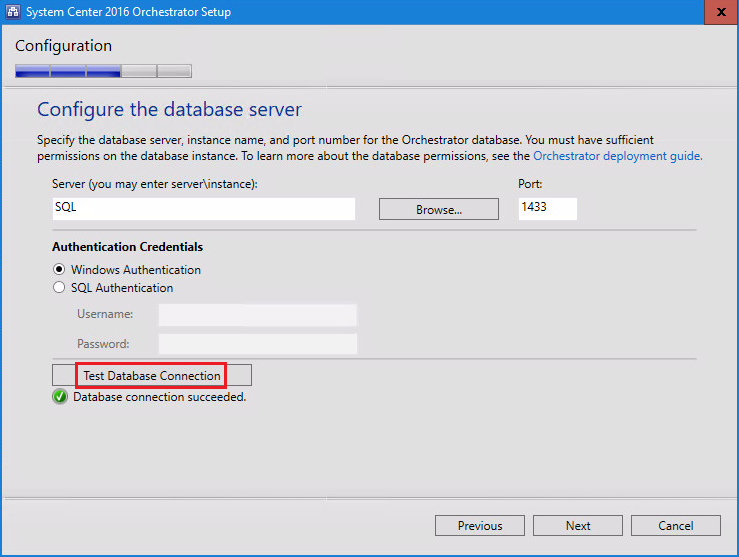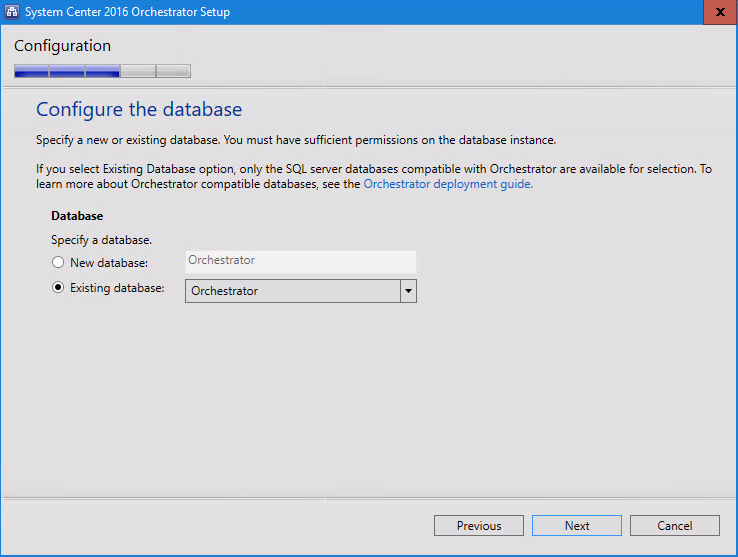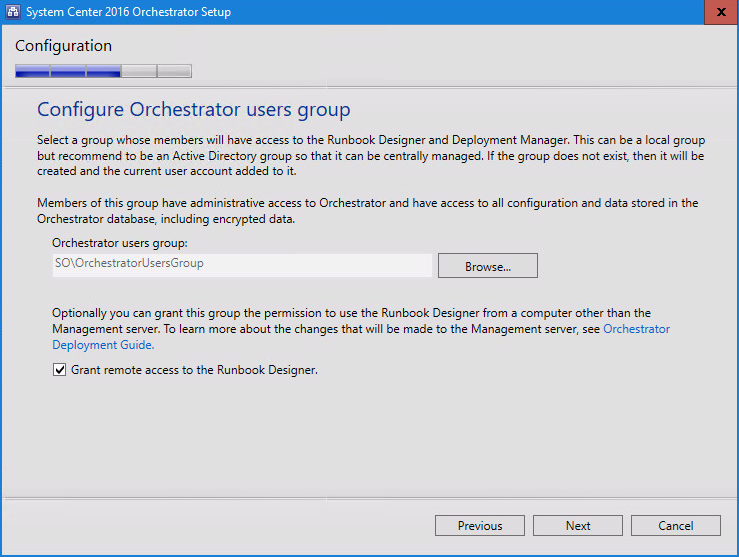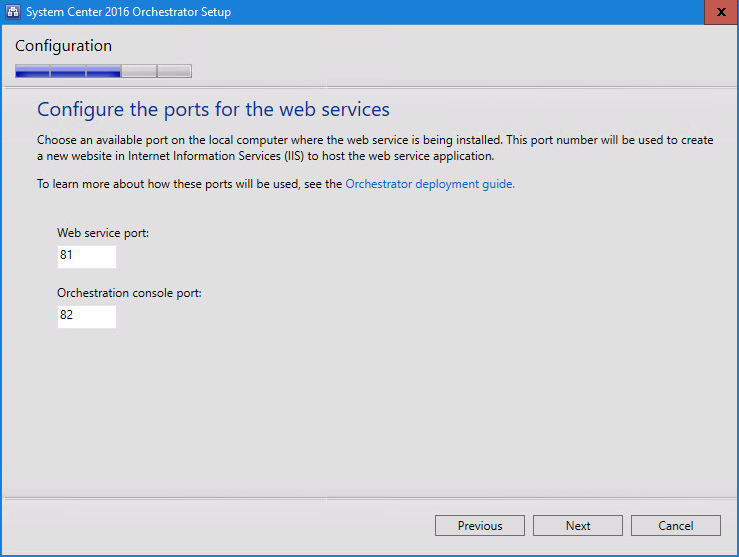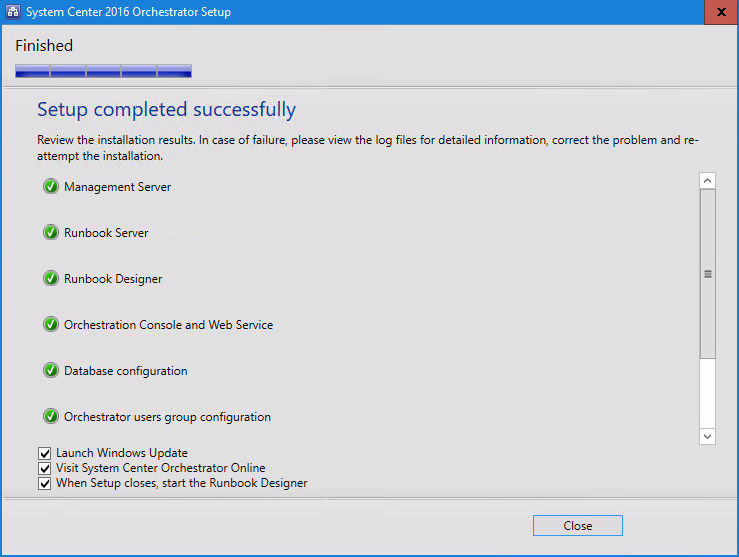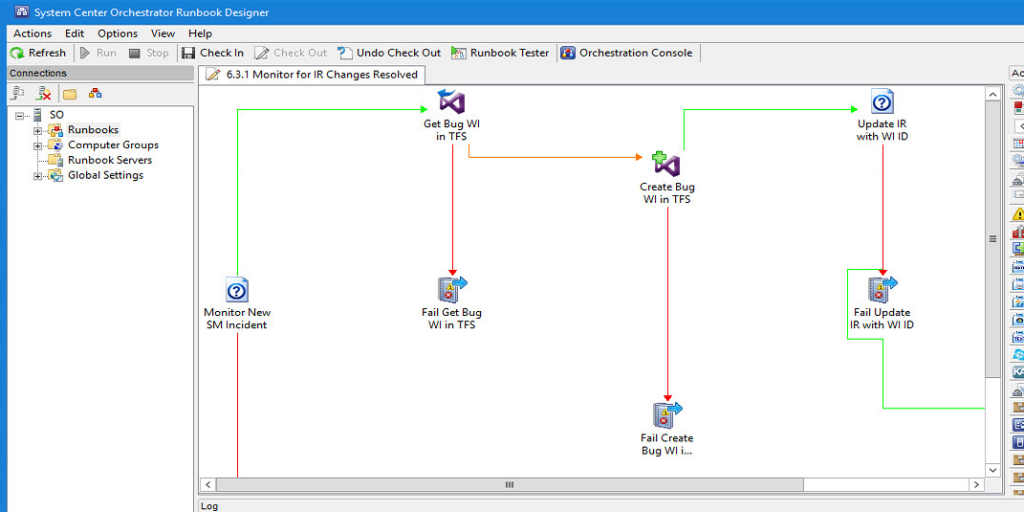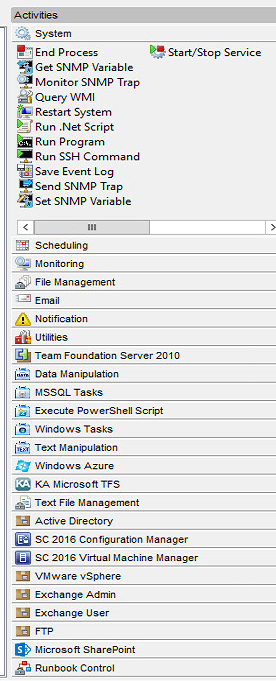Orchestrator is a workflow management solution for the data center. Orchestrator lets you automate the creation, monitoring, and deployment of resources in your environment. Orchestrator is also known as “SCORCH” or “SCO”. Orchestrator uses a drag and drop graphical interface to allow admins to define run books. A runbook is a compilation of routine procedures and operations that Orchestrator will run depending on your scheduling. Finally, Orchestrator is capable of managing multiple operating systems.
After reading this guide, you should have a basic understanding of how to upgrade/install Orchestrator.
Why Orchestrator?
Orchestrator simplifies the process of automating sysadmin tasks. Microsoft acquired in 2009 a third-party product named Opalis which was renamed by “Orchestrator”. It provides a simplified and visual way of building complex automation. It means rather than writing several lines of PowerShell or vbs code, you can automate your tasks without any scripting knowledge. Be safe, if you want to automate using PowerShell, you can use Orchestrator to run your scripts!
Here is a solution overview of System Center 2016 provided by the System Center Team.
Orchestrator Architecture
SCO can be scaled to suit your needs. But in this guide, I will cover a typical model which contains two servers. The first one is the Orchestrator Server where all server roles are installed and the second one is the remote SQL Database server. Both servers are deployed inside virtual machines.
One or more Orchestrator Servers communicate directly with the SQL Server Database to retrieve runbooks to run and store information about the jobs.
SQL Database Server is essential because the database contains all runbooks, configuration settings, and logs. But it means that when you want to upgrade your Orchestrator version, that’s really easy!
Orchestrator Terms/Features
- Management server: The management server is the communication layer between the Runbook Designer and the orchestration database.
- Runbook server: A runbook server is where an instance of a runbook runs.
- Runbook Designer: The Runbook Designer is the tool used to build, edit, and manage Orchestrator runbooks.
- Runbook Tester: Runbook Tester is a run-time tool used to test runbooks developed in the Runbook Designer.
- Orchestration database: It is Microsoft SQL Server database that contains all of the deployed runbooks, the status of running runbooks, log files, and configuration data for Orchestrator.
Upgrading SCO 2012 R2 to 2016
First of all, I would like to thank you Microsoft, because the upgrade is really straight forward. It is rare enough to highlight it!
So let’s start by performing a database backup. Open your SQL Management Studio and take a Backup of your Orchestrator Database.
This step is not required but you also can export your existing runbooks from the console. Right-click the runbook and select “Export”:
And select the location where export will be done and a password if you want to protect your runbook:
Prerequisites
Make sure that System Center Orchestrator Update Rollup 8 is installed (at least) to be able to upgrade to 2016. If not, then download and install the UR8 from here: https://support.microsoft.com/en-us/kb/3096378
At this step, there are two possibilities to upgrade SCO:
- Use the same server with the same OS (probably “Windows Server 2012 R2”?)
- Or deploy a new server with the latest OS “Windows Server 2016”.
I advise you to use Windows Server 2016 in order to reinstall Orchestrator 2016. In both case, you must uninstall Orchestrator 2012 R2 from the Orchestrator Server to perform a clean upgrade.
So, now we can uninstall SCO 2012 R2. Go to:
- Control Panel
- All Control Panel Items
- Programs and Features
And uninstall SCO 2012 R2.
Once the uninstallation is completed, we can start the upgrade process. Go to the new Windows Server 2016, run “SC2016_SCO.EXE” in order to extract Orchestrator on the server.
Click Next
And finish
Now, run the setup.exe and click “Install”
You must enter your SCO license
Accept the license terms
At this step, you must choose if you want to collocate all the Orchestrator features. In this guide, I select all the features
Next, enter the service account to use to run runbooks. Do not forget to create a GPO to give the “Log on as a service” rights for this account.
Here you must specify the database server with the instance name and port number. Test the database connection to validate this step.
The next step is important because you must select your existing database to retrieve all your runbooks and configuration.
Here you must configure the Orchestrator users group whose members will have access to the runbook designer and deployment manager. You can use a local group or an Active Directory Group.
Finally, configure the ports for the web service and for the Orchestrator web console. By default, 81 and 82 are selected, which is nice.
Next steps are:
- installation location,
- Microsoft Update
- and Error reporting.
Once the setup is done, Orchestrator 2016 is ready.
SCO 2016 Integration Packs
Microsoft offers add-ons for System Center Orchestrator that extend its functionality, including the Microsoft System Center Orchestrator Integration Toolkit and the Microsoft System Center Orchestrator Integration Pack. Orchestrator includes a set of standard activities that are automatically installed with Orchestrator.
You can expand functionality and ability of Orchestrator to integrate platforms and products by Microsoft and other companies by installing integration packs. Each integration pack contains activities that provide unique functions.
System Center 2016 – Orchestrator Integration Packs are available for download from the Microsoft Website:
https://www.microsoft.com/en-us/download/details.aspx?id=54098&WT.mc_id=rss_alldownloads_all
Use the Deployment Manager to import these Integration Packs:
Below is an overview:
Orchestrator Resources
Below are a number of resources that can provide additional information:
- System Center Orchestrator Team Blog: https://blogs.technet.microsoft.com/orchestrator/
- Orchestrator Community Forums on TechNet: https://social.technet.microsoft.com/Forums/en-US/home?category=systemcenterorchestrator
- Orchestrator Community on CodePlex: http://orchestrator.codeplex.com/
Conclusion
Orchestrator is relatively easy to install. It is a powerful automation tool that can be used to automate many tasks in your environment. It is easy to get started using sample runbooks and there are many resources for learning on the Internet. If you are not familiar with a scripting language, then do not hesitate to install it and use Orchestrator to automate your tasks.
Thanks for reading!



